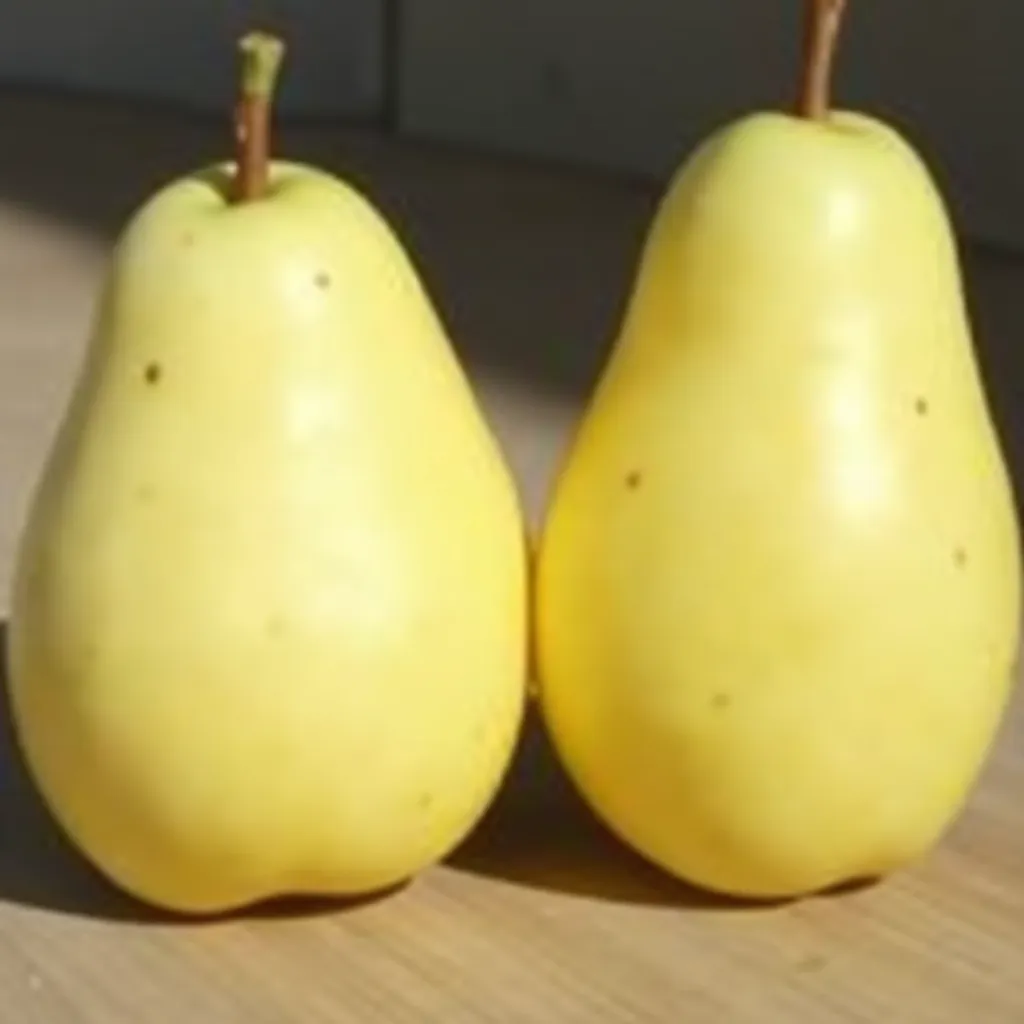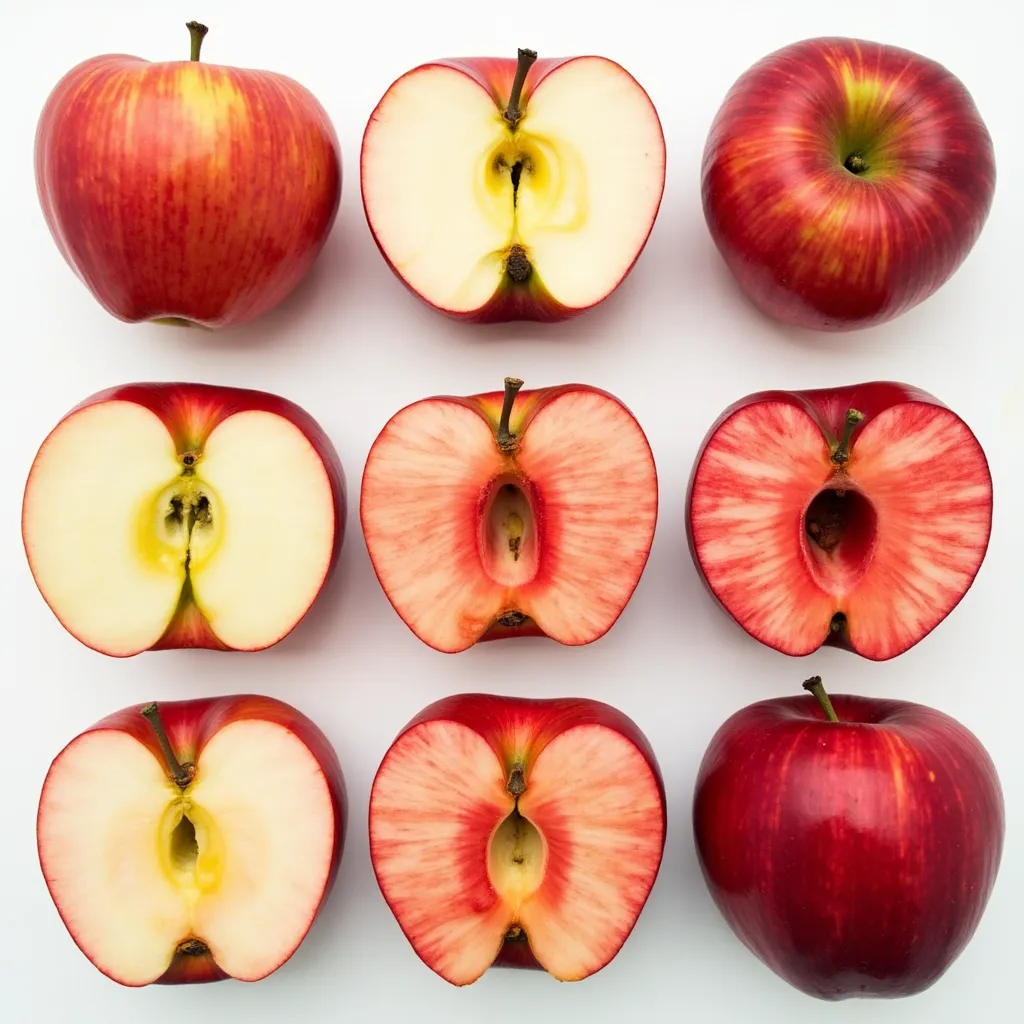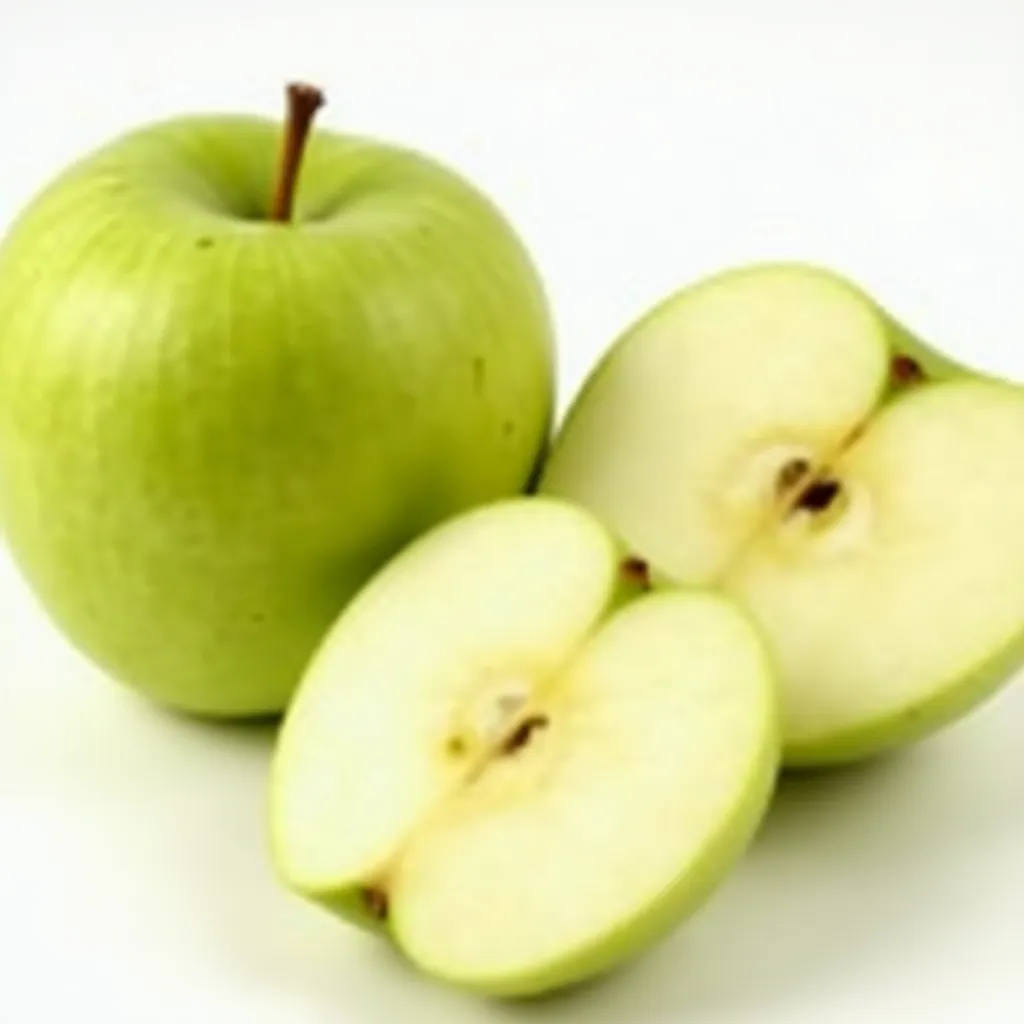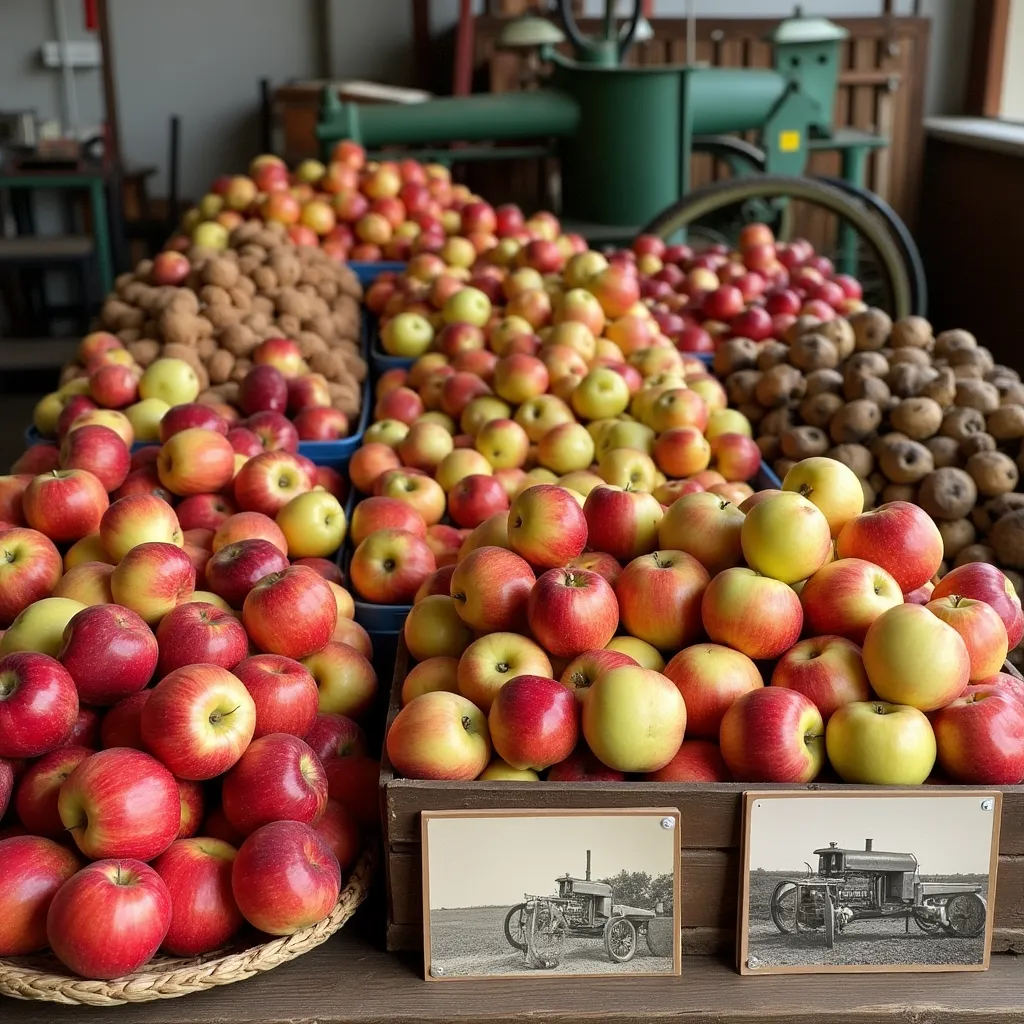· varieties · 4 min read
Winter Banana Apple: Heritage Yellow Variety Guide
The Winter Banana apple is a unique heritage variety prized for its distinctive banana-like aroma, sweet-tart flavor, and pale yellow hue. This medium-sized apple offers a crisp and firm texture, making it a delightful choice for fresh eating and select culinary uses.

Variety Overview
The Winter Banana apple is a captivating heritage variety, easily recognized by its unusual banana-like aroma, a trait that gives it its distinctive name. This mid-sized apple boasts a beautiful pale yellow to light green skin, often with a solid appearance. Its flavor profile is a pleasing balance of sweet and tart, complemented by a crisp and firm texture. The Winter Banana apple tree is moderately easy to grow and produces fruit in the early to mid-harvest season, extending its availability into spring and summer. A good storage life further enhances its appeal, making the winter banana a cherished choice for those seeking a unique and flavorful apple experience.
Characteristics
The Winter Banana apple offers a complex flavor profile, blending sweet and tart notes into a well-balanced taste. Its texture is crisp and firm, providing a satisfying bite. Visually, it presents a predominantly yellow to light green coloration, with a solid pattern and a medium size.
Growing Information
Cultivating the Winter Banana apple tree presents a moderate growing difficulty. It thrives in climates with spring and summer seasonality, with the harvest season typically occurring in early to mid-autumn. The variety exhibits moderate disease resistance, requiring some attention to pest and disease management.
Best Uses
The Winter Banana apple is remarkably versatile. For fresh eating, its sweet-tart flavor and crisp texture are highly enjoyable. It also performs well in baking, adding a unique aromatic dimension to pies and pastries. Its firm texture holds up well in cooking, making it suitable for sauces and compotes.
History and Origin
The Winter Banana apple originated in the United States around 1876, in Cass County, Indiana. While one parent is known to be Golden Delicious, the other parent remains unknown. This heritage variety has maintained popularity for its unique characteristics and flavor profile. The unusual aroma contributes to the “banana” portion of its name.
Storage and Handling
With a good storage life, Winter Banana apples can be kept for a moderate period under proper conditions. Storing them in a cool, dark, and humid environment, such as a refrigerator or cellar, will help maintain their crispness and flavor for several weeks.
Availability
Winter Banana apples are typically available during the early to mid-harvest season, extending their availability into the spring and summer months, especially when properly stored. Look for them at farmers’ markets and specialty orchards specializing in heritage apple varieties.
Selection Tips
When selecting Winter Banana apples, look for specimens that are firm to the touch and have a smooth, unblemished skin. The color should be predominantly pale yellow to light green. Avoid apples with bruises, soft spots, or signs of insect damage. A noticeable banana-like aroma is a key indicator of ripeness and quality.
Comparison to Similar Varieties
While Golden Delicious is a known parent of the Winter Banana, sharing some sweetness and a similar texture, the Winter Banana distinguishes itself with its unique aroma, tarter flavor profile, and often a lighter yellow-green hue. Compared to other yellow apples, Winter Banana is often sought out precisely for its unusual banana-like scent and flavor notes.
Common Uses
Elaborating on its best uses, the Winter Banana apple is a delightful choice for fresh eating, offering a refreshing and flavorful snack. Its ability to hold its shape and flavor when cooked makes it a great addition to pies, tarts, and crisps. The sweet-tart balance also lends itself well to savory applications, such as chutneys or alongside roasted meats.
Growing Tips
For successful cultivation of the Winter Banana apple tree, consider its moderate growing difficulty and disease resistance. Provide well-drained soil, adequate sunlight, and regular watering, especially during dry periods. Monitor for common apple pests and diseases, implementing appropriate control measures as needed. Pruning and thinning can help improve fruit quality and yield.


